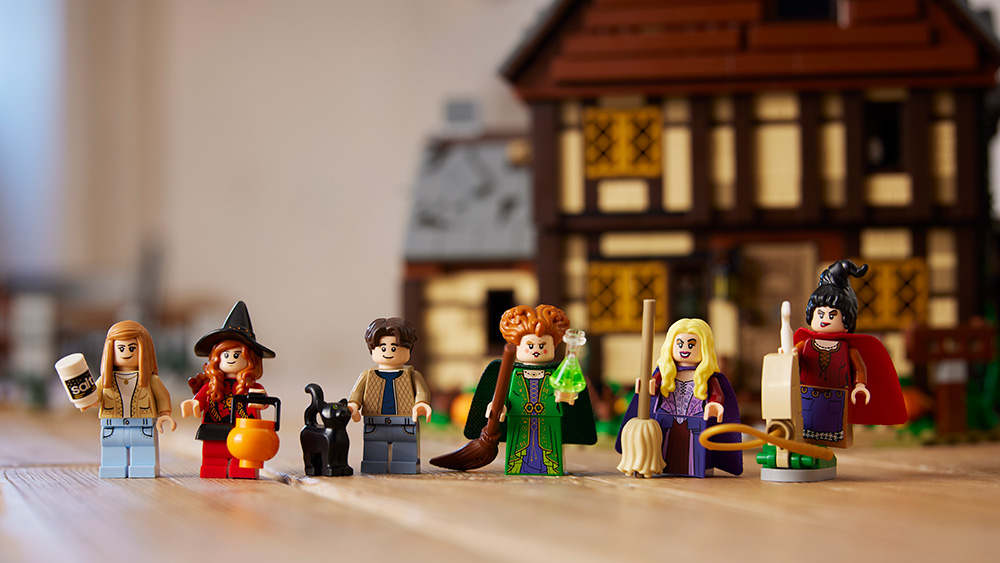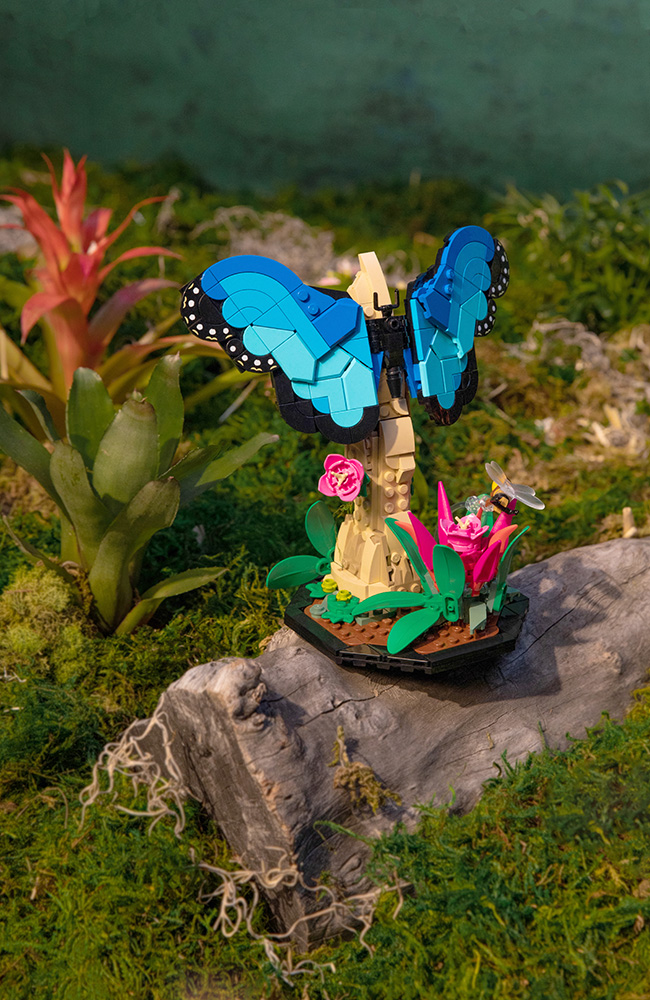
Fan designer Amber Veyt submitted the idea for Lego’s Disney Hocus Pocus: The Sanderson Sisters’ Witch House on the Lego Ideas crowdsourcing site. (Courtesy The Lego Group)
At their core, associations are built on the principle of community. Whether it’s a professional association for engineers, a group dedicated to a charitable cause, or a club for hobbyists, the thread that pulls them together is a shared interest or goal. Having a common purpose naturally fosters a sense of belonging, collaboration, and mutual support.
It’s this community spirit that can be the bedrock for innovation — it’s a natural source of collective wisdom. Every member of an association brings a unique perspective, shaped by their own experiences, skills, and insights. By creating platforms for open dialogue and idea exchange, associations can tap into this collective knowledge.
An article in the latest issue of the MIT Sloan Management Review magazine, “Lego Takes Customers’ Innovations Further,” points out that it’s challenging for most organizations to consistently produce commercial successes based on customer ideas. However, when done right, the authors of the article say, tapping into customer-generated innovation can lead to new revenue streams, outperform internally generated ideas, and bolster customer loyalty.
The Lego Group stands as a testament to this, according to the four MIT Sloan Management Review authors/business school professors, who have spent four years studying the company’s open-innovation platforms. Lego transformed a 2008 crowdsourcing pilot into “Lego Ideas” — a website boasting a community of 2.8 million-plus customers who have contributed and debated on more than 135,000 ideas for Lego sets. Not only has this initiative generated significant revenue for Lego, but it also offers creators a 1-percent share of the product’s top-line revenue. It doesn’t sound like a lot, but that percentage can add up to life-changing sums for the innovators, say the authors.

The Lego Insect Collection, which includes a Blue Morpho butterfly, came about after a submission by fan José María Pérez Suero. (Courtesy of The Lego Group)
Just as Lego leveraged its vast user community to source and refine product ideas, associations can seek input from their members on challenges faced, potential solutions, and new initiatives.
Encouraging Grassroots Innovation
Often, the most transformative ideas come not from the top, but emerge from grassroots levels. Associations can foster this by creating sub-committees or interest groups focused on specific challenges or innovation areas. These smaller groups can brainstorm, pilot projects, and present findings to the larger community, ensuring that innovation is a continuous, bottom-up process.
In addition, in today’s digital age, associations can utilize technology to facilitate community-driven innovation. Platforms similar to “Lego Ideas” can be developed where members can submit, discuss, and vote on ideas. Webinars, virtual brainstorming sessions, and online workshops can be organized to collaboratively refine these ideas. By making innovation processes accessible and interactive, associations can ensure higher member engagement and better idea quality.
While all ideas can be commercialized, that doesn’t mean they lack value. Lego provides a second chance for popular ideas that don’t make the cut through a crowdfunding program on BrickLink, a consumer-led channel acquired by Lego in 2019. This approach ensures that creativity is never stifled and that every idea, regardless of its initial reception, has the potential to see the light of day, the MIT Sloan Management Review writers point out.
Letting Members Lead the Way
One of the primary takeaways from Lego’s success, the professors/writers note, is the importance of integrating open innovation platforms into an organization’s core. While many such initiatives start on the periphery, their true value is realized when they become an integral part of the company’s operations. Lego’s methodology of involving customers in product selection, providing avenues for rejected ideas, and enabling customers to profit from their creations offers a blueprint for associations to follow.
The Lego Ideas community is a hub of creativity, producing more ideas than Lego can possibly implement. Instead of making these tough choices internally, Lego lets its community vote for the best ideas through a multi-round competition. This democratic approach ensures that the products that make it to the market are already validated by a passionate community, thereby increasing the chances of commercial success.
Associations can adopt a similarly democratic and diverse approach to innovation. Associations often comprise members from diverse backgrounds, professions, and demographics. This diversity is a goldmine for varied perspectives and fresh ideas. By ensuring that innovation platforms are inclusive and represent this diversity, associations can gain richer insights and more holistic solutions.
The key to Lego Group’s approach to open innovation lies in active engagement, continuous dialogue, and a genuine appreciation of the collective wisdom that members bring to the table. When associations innovate from within, they not only strengthen their community bonds but also ensure that their initiatives are deeply rooted in the needs and aspirations of their members.
Juliano Lissoni is managing director of MCI Canada, and a member of PCMA’s U.S. and Canada Advisory Board.
